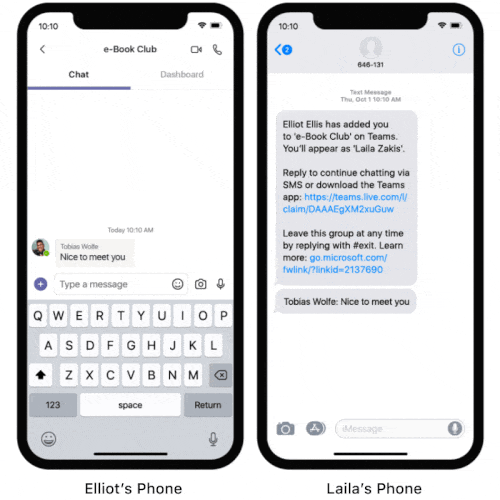It’s been four years since Microsoft introduced Teams, its answer to Slack. The service announced that it would be putting more emphasis on personal usage earlier this year, and some new features focused on such use cases came to the Android app this summer. Now Microsoft is debuting a slew of new features meant to make managing personal communication easier for those who use Teams, as well as those who don’t.
Starting today, users will be able to add their personal accounts in the Teams desktop and web apps in order to chat with friends and family right from the Teams interface. Chats sync seamlessly between devices, and video and audio calling is included as well. You can talk all day thanks to a generous 24-hour call limit, even on group calls — much longer than what competitors like Zoom offer for free.
Microsoft wants to make Teams into a hub for both personal and work communication.
New features are also coming to the Teams mobile app, including the ability to chat with friends and family who don’t have the app installed. It works via SMS fallback, so if you start a chat with someone who doesn’t have the app, they’ll be able to reply via text message — although Microsoft will also send them an invitation to download the app for richer messaging.
Ignore the fact that Elliot and Laila both use iPhones.
Location alerts can now be set to notify select contacts whenever you leave or arrive at designated locations for added peace of mind when traveling. You can also add group events from chat right to your default calendar app, get task and location updates in your activity feed, and add photos to your personal Safe. These features are starting to roll out in preview to the mobile app and should arrive for everyone in the coming weeks.
Updates like this amount to Microsoft firing some serious shots in the direction of competing communication platforms. With genuinely helpful features like unlimited length video calls and chatting with users who aren’t yet in the 365 ecosystem, Microsoft is zooming toward a Teams-centric future — and it isn’t cutting competitors any slack.







